Warehouse Ops And Logistics Training
Warehousing and logistics training aims to assist in decreasing risk within the working environment and to add to the cost-effectiveness of operations across a range of supply chain activities.
A learner accredited with this standard will be able to demonstrate applied competence in breaking bulk and packaging, and packaging and grouping.
This unit standard is intended for persons working in the retail and wholesale sector who count stock for either general stock counts or for a financial stock take. Persons credited with this unit standard will accurately count stock following all organisational procedures.
This unit standard is intended for people who pick stock for despatch to stores/customers in a Distribution Centre or Warehouse. These persons are able to identify stock listed on a picking advice, pick the correct quantity, pack and move the stock ready for despatch to customers/stores in a manner that prevents losses and enhance the efficiency of the supply chain.
The person credited with this unit standard is able to identify goods that require special temperature control and storage and need to be monitored with reference to freight integrity. Learners are also able to implement the correct hygiene and safety measures when working with temperature-controlled goods.
The person credited with this unit standard is able to select the appropriate unit, knowledge and understanding of how the various packaging units are stuffed to avoid contamination damage and movement of cargo.
This course is aligned to the outcomes of SAQA unit standard 117891, but is not a SETA accredited course. This course is intended for people who will be responsible for the despatch of stock from a wholesale or retail distribution centre or warehouse. Despatch could include transfer to stores, returns to suppliers and customer or customer orders. These persons are able to implement security procedures to prevent shrinkage and losses and enhance the efficiency of the supply chain by accurate despatching goods.
A learner will now be capable of demonstrating an integrated practical and theoretical knowledge of receipt, dispatch and returns of freight procedures, based on quality service to the customer and product care. The learner will be able to accept additional responsibility through knowledge of the whole process.
The purpose of this workshop is to enable candidates to work efficiently in an environment that requires special temperature control and storage, while ensuring freight/stock integrity. They will acquire knowledge that will assist in the implementation of correct hygiene and safety measures that need to be applied when working in a temperature-controlled environment.
This unit standard is for people who are responsible for moving, packing and maintaining stock in a DC/Warehouse and maintaining safety and housekeeping standards.
A learner accredited with this standard will be able to utilise the competencies acquired in selecting, utilising and caring for freight handling machinery and equipment, to positively add to operational efficiencies.
This course is aligned to the outcomes of SAQA unit standard 8024 and 8036, but is not a SETA accredited course. A learner will now be capable of demonstrating an integrated practical and theoretical knowledge of receipt, dispatch and returns of freight procedures, based on quality service to the customer and product care. The learner will be able to accept additional responsibility through knowledge of the whole process. In securing freight, learners will be able to ensure the elimination of damage to freight during storage and/or transport.
A learner accredited with this standard will be able to secure freight in a manner ensuring the elimination of damage to freight during storage and/or transport.
The person credited with this unit standard is able to use gangway signals by selecting the correct position and signal equipment according to operational requirements. They are also able to conduct continuous assessment of the lifting gear and evaluate the slinging methods to ensure safe operating practices.



